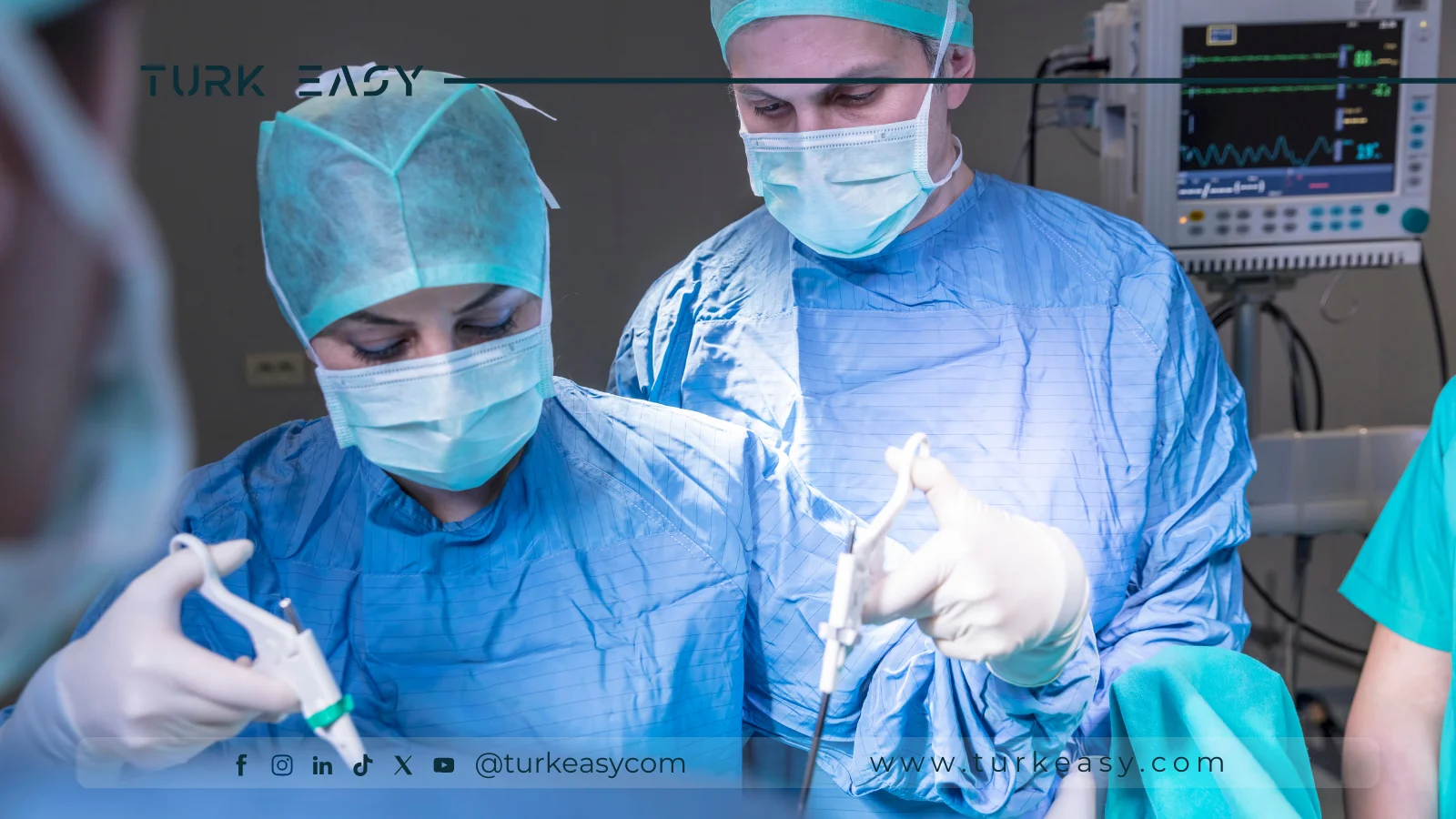Laparoscopy
Laparoscopy is considered one of the short surgical procedures in terms of duration, and simple in terms of its procedures. The nature of laparoscopic surgery depends on the reasons that necessitate it. Laparoscopy can be performed to explore the causes of a specific disease or for surgical treatment of a disease. The laparoscopic method is less complicated compared to traditional methods in exploration or treatment, and it is now fully relied upon in all medical centers and hospitals.
How does Laparoscopy work?
The mechanism of laparoscopy relies on inserting a thin tube with a diameter not exceeding 3 mm, including a light source, into the abdominal cavity through one of the body's veins, and then examining the internal parts, such as the stomach, gallbladder, uterus, liver, appendix, small intestine, colon, bladder, or ovaries. This process differs from traditional methods where the doctor performs surgical incisions, and laparoscopy enables the patient to recover in a shorter period of time.
What are the steps of Laparoscopy?
Laparoscopic procedures are performed in operating rooms, where the patient is subjected to general anesthesia. Then, a small incision ranging from 1 to 5 cm is made in the area below or above the navel. Carbon dioxide gas is then injected into the abdominal cavity using a small needle, causing the internal organs to expand for exploration. The doctor inserts the medical scope for exploration. Additional incisions may be made in the lower abdomen, and another tube is inserted to guide the surgical devices if laparoscopic surgery is required.
Types of Laparoscopes
There are several types of laparoscopes, including:
- Telescopic Laparoscope: A thin tube made of steel, with an inner diameter of 3-4 mm, ending with a tapered edge with varying degrees of tilt, typically between 0-70 degrees.
- Optical Laparoscope: Consisting of a bundle of glass fibers that transmit images through light reflections at various angles, allowing imaging of different aspects. It may be equipped with a device for suctioning fluids and extracting them from the body, and can be equipped with some instruments for obtaining tissue samples.
- Capsule Laparoscope: Among the types of laparoscopes used for abdominal examination, it allows capturing approximately fifty thousand images during its journey inside the body, can operate for up to eight continuous hours, and its usage method is simple.



